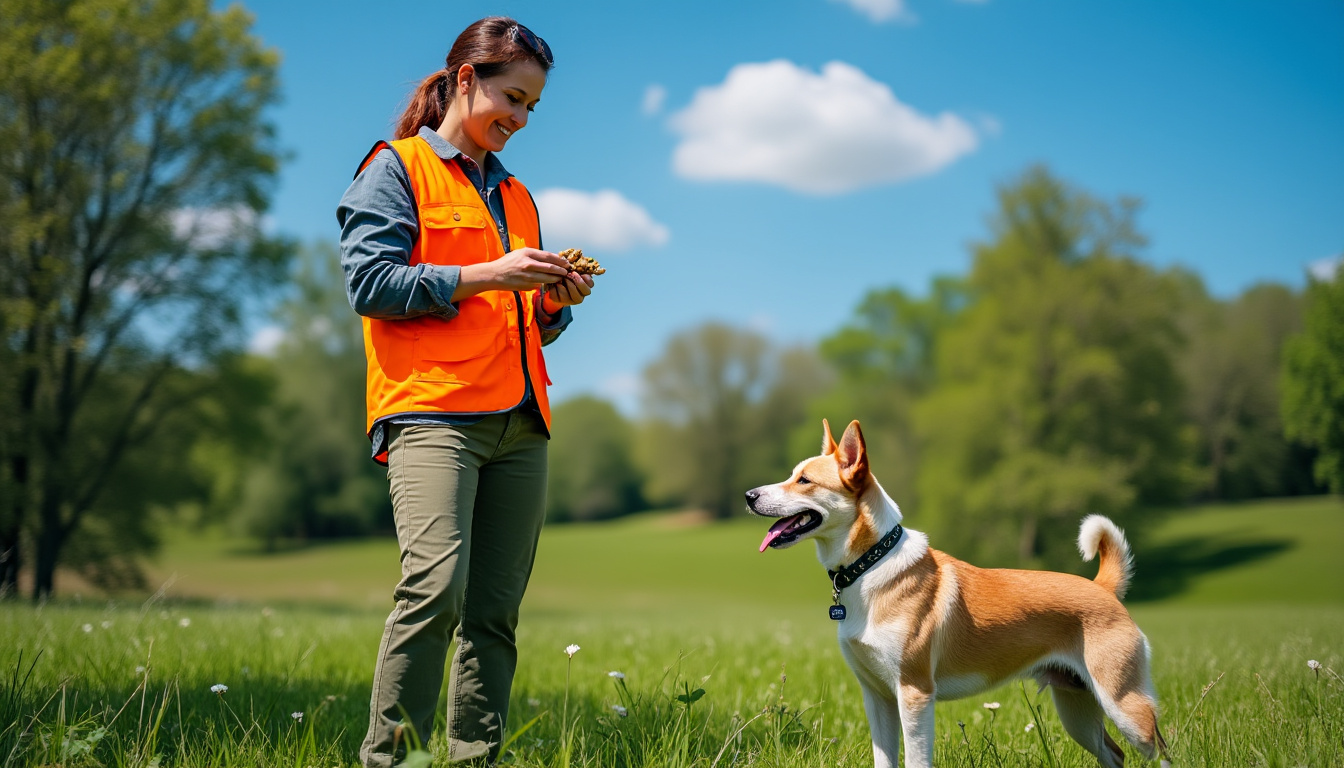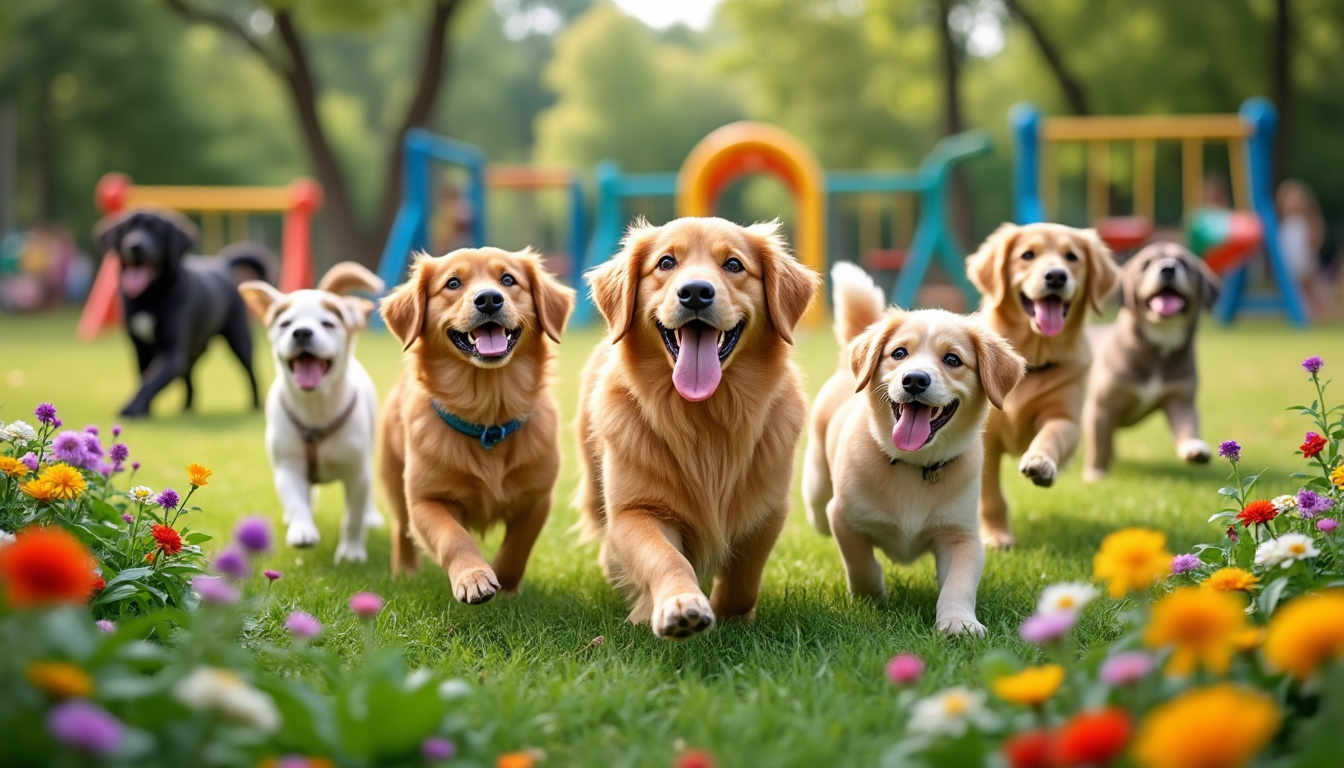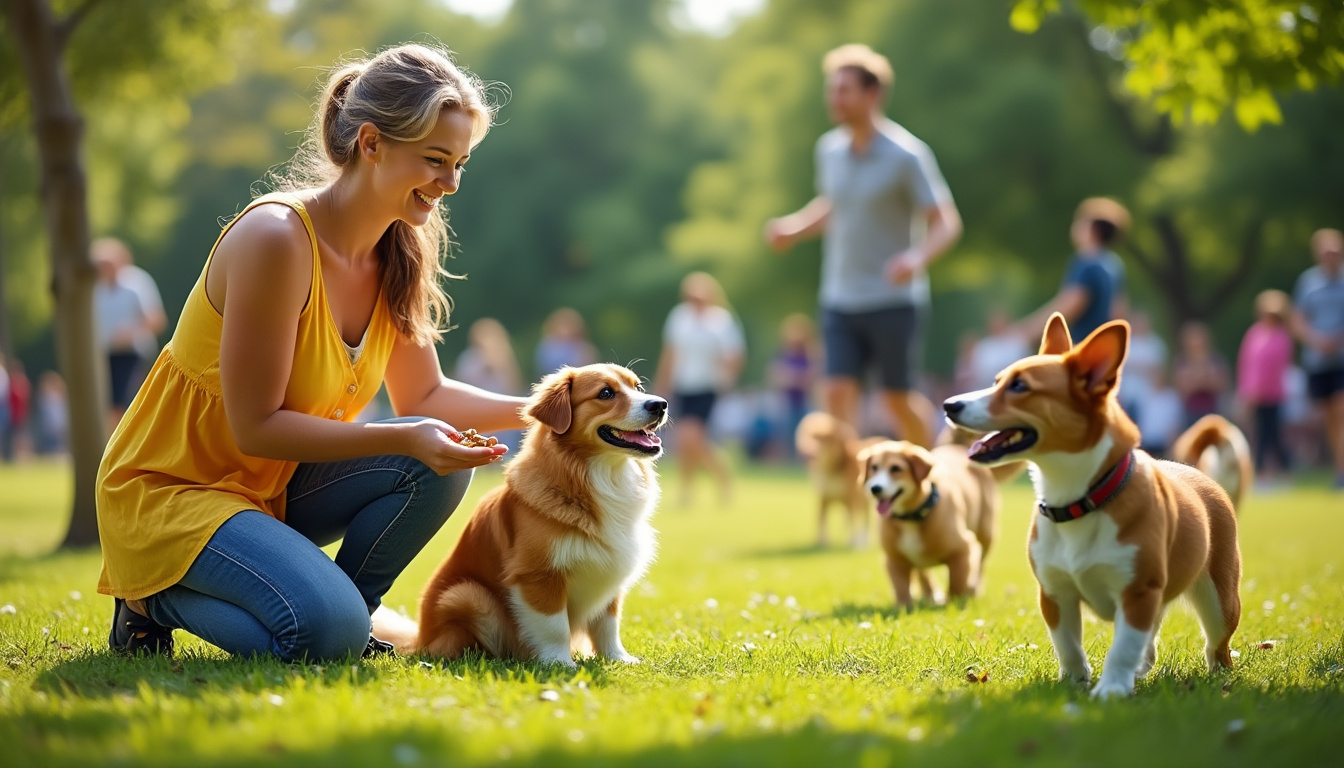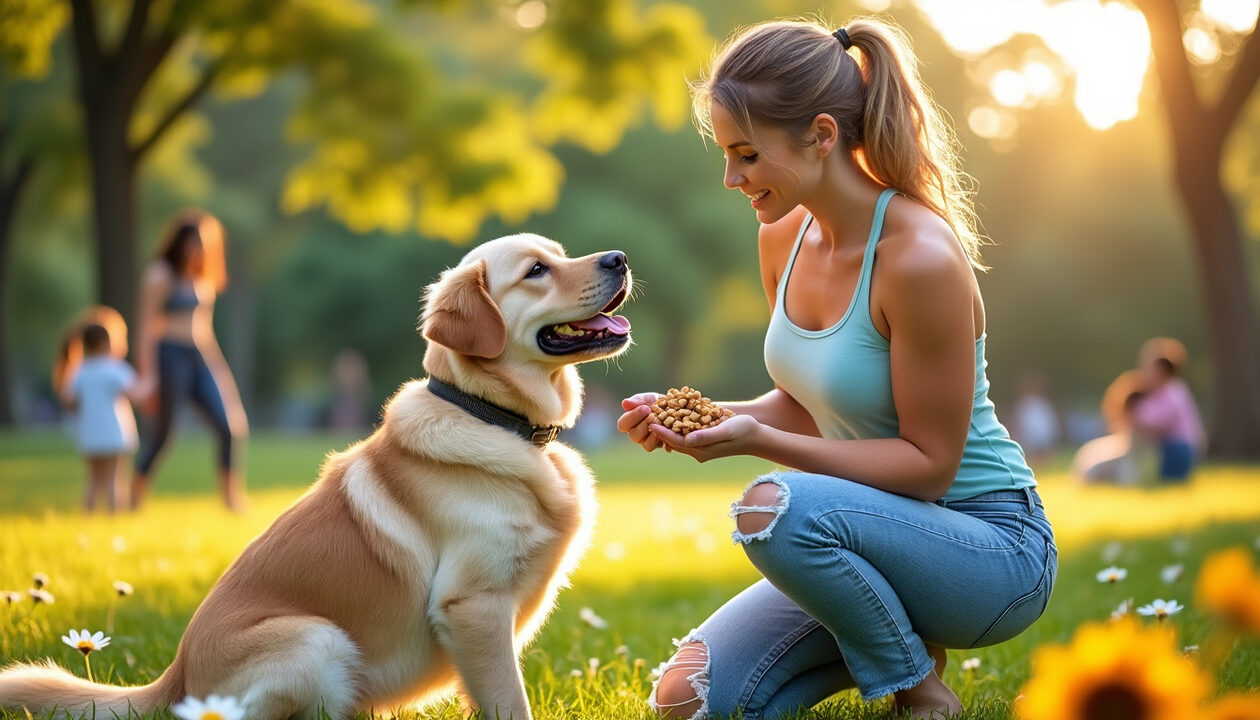What are the different methods of dog training?
What makes the relationship between a master and his dog so special is often the degree of communication and understanding between them. To establish such complicity, it is essential to choose the right dog training method. There are a variety of approaches, ranging from traditional techniques to more modern methods focused on kindness, each having its advantages and disadvantages. Whether it is positive dog training or the positive reinforcement method, this reading will guide you through the various options available to educate your four-legged companion.
Understanding your dog’s needs is essential. A good trainer will know how to adapt their methods according to the breed, age, and character of the animal. Thus, whether you have a lively puppy or an adult dog with ingrained habits, it is possible to find the suitable approach. Owners must also be aware that training should never be synonymous with violence. There are approaches like clicker training or the natural method that prioritize respect and encouragement, for long-term results. When should one turn to a professional? This article will also examine situations where the help of a Dog Coach trainer can be beneficial.
The foundations of dog training
Dog training is much more than just a simple set of commands to give. It is a communication process that requires patience, consistency, and a good dose of understanding. The dog training methods are different, but they all aim to ensure that the dog has a harmonious and balanced life with its master.

Why dog training is essential
Good dog training is crucial for several reasons. First, it allows for a better understanding of your companion’s fundamental needs and behaviors. Every dog is an individual with its own characteristics. Training helps establish a communication code between the master and the animal. Thanks to this code, the dog can express its desires, while the master learns to respond to its needs.
A poorly trained dog can develop undesirable behaviors such as aggression or destructiveness. These behaviors can pose a danger, both to the animal and its environment. A patient and attentive trainer must help their dog understand what is acceptable to do or not. By using positive training methods, owners can establish a relationship based on trust rather than fear.
Consequences of inadequate training
A dog that has not received appropriate training may display problematic attitudes. Not only can its behavior be unpredictable, but it can also become a source of stress for its master. Dogs that are not well trained may bite, bark excessively, or become destructive. Therefore, investing in a good method from the start is essential to avoid long-term complications.
The different dog training methods
There are numerous methods to train a dog, ranging from classic to more innovative ones. Here is an overview of the most common approaches that deserve consideration.
Positive training
The positive reinforcement method is probably one of the most popular approaches today. It involves rewarding good behaviors rather than punishing bad ones. Rewards can take various forms: treats, pets, or play. This helps create a positive atmosphere, and the dog will be inclined to repeat the behaviors that bring it rewards.
The clicker training is a variation of this method. With a small device that emits a sound, the owner will click at the precise moment the dog adopts a desired behavior. This helps establish a clear connection between the action and the reward. The clicker is easy to carry and has shown remarkable results for dog training.
Traditional methods
The Dog Whisperer methods and traditional dog training often rely on the principle of dominance. They involve the master positioning themselves as the “alpha” of the pack, using techniques that may involve restraint collars or punishments. Although these methods were widely used in the past, they are increasingly discouraged today. The consequences can be disastrous, creating anxiety in the dog and jeopardizing the relationship between the master and the animal.
McMillan method and other alternatives
The McMillan method also relies on respect for the dog and encouragement. By observing the dog’s natural instincts, this method proposes adapting training to consider its needs. This promotes a stress-free learning environment, where the dog feels safe and respected, which is essential for successful education.
To clarify the different approaches, here is a comparative table of the main methods and their characteristics:Method Type Characteristics Positive reinforcement Positive Rewards based, fosters trust Clicker training Positive Sound signal associates behavior with reward Alpha method Traditional Authority-based, can lead to aggression McMillan method Natural Observational, adapts to dog’s instincts
How to choose the best training method for your dog
Choosing the right dog training method should not be a decision taken lightly. Several factors come into play and can influence your choice.
Assessing your dog’s character
Each dog is unique, and it is essential to consider its character before choosing a method. More sensitive dogs may react negatively to traditional training methods, while those who are more stubborn may require a firmer approach. It is crucial to find a method that respects the individuality of the dog while promoting its well-being.
The owner’s expectations
The motivation and patience of the owner must also be taken into account. Some owners may be more easily frustrated than others. Committing to a method that requires active and repetitive involvement, such as clicker training, may not suit all owners. Evaluating the time one can devote to training their animal is also crucial.
Turning to a professional
When the situation becomes too complicated, consulting a professional like a Dog Coach trainer can be of great help. These experts are trained to address various issues and can customize sessions according to the needs of each dog and their owner. They also have a wide range of knowledge about the most recent and suitable dog training methods.
The importance of socialization and patience
Socializing a dog is a step often underestimated but highly necessary in education. Socialization consists of exposing the dog to different environments, people, and animals in a positive manner. This helps develop its confidence and allows it to better adapt to the various situations it will encounter throughout its life.

Incorporating socialization into training
Taking your dog to different environments will be beneficial. By bringing your animal to places where it can meet other dogs and people, you help it thrive and reduce the risk of aggressive or fearful behaviors. Creating socialization opportunities from a young age is a valuable foundation for a balanced adult life.
Patience and perseverance
Training a dog requires a great deal of patience. Mistakes and frustrations will be present during the learning process. Every dog learns at its own pace, and it is essential for the master to remain positive even when results are not immediate. By adopting a patient and positive approach, you will not only reinforce the desired behavior in your dog, but you also build a lasting relationship based on trust and mutual respect.
What resources to deepen dog training?
For those who wish to go beyond the basics and deepen their knowledge of dog training methods, there are several valuable resources. Books, training programs, or even podcasts, these tools can enrich your approach and understanding of training your companion.
Professional training
Investing in canine training with Turid Rugaas or other recognized professionals can make a huge difference in your understanding of training methods. These trainings offer in-depth knowledge of dog behavior and how to interact effectively with your dog.
Readings and online communities
Many books and articles on dog training methods are accessible, and joining online discussion groups can also provide valuable support. Talking with other dog owners and exchanging experiences can add a complementary dimension to your learning.
Consulting experts
Regularly consulting a dog training expert can help you stay on track and even have sessions regularly to work on specific points. This can be particularly relevant if you encounter difficulties with problematic behaviors.



